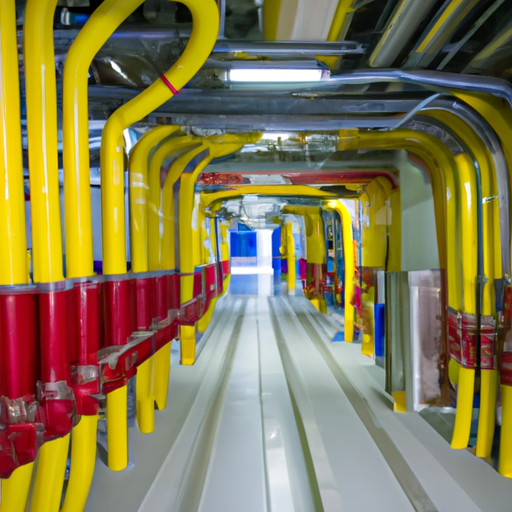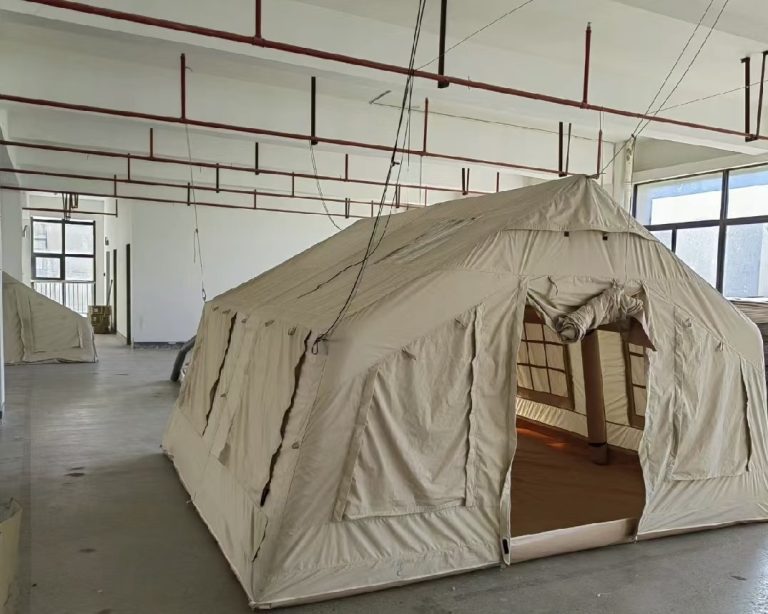Het belang van tunnelbrandblussystemen

Tunnelbrandblussystemen spelen een cruciale rol bij het waarborgen van de veiligheid van mensen en infrastructuur in tunnels. Deze systemen zijn ontworpen om branden snel en efficiënt te detecteren en te blussen, waardoor de kans op verlies van mensenlevens en materiële schade tot een minimum wordt beperkt. In dit artikel onderzoeken we het belang van tunnelbrandblussystemen en hoe deze werken om tunnels en hun bewoners te beschermen.Een van de belangrijkste redenen waarom tunnelbrandblussystemen essentieel zijn, zijn de unieke uitdagingen die tunnels met zich meebrengen in het geval van een brand. vuur. Tunnels zijn afgesloten ruimtes met beperkte ventilatie, waardoor rook en giftige gassen zich snel kunnen ophopen. Dit kan het extreem moeilijk maken voor mensen om te ontsnappen en voor brandweerlieden om het getroffen gebied te bereiken. Bovendien kan het beperkte karakter van tunnels leiden tot hoge temperaturen en intense hitte, waardoor de intensiteit van de brand verder wordt verergerd. Om deze uitdagingen aan te pakken, zijn tunnelbrandblussystemen ontworpen om branden in een vroeg stadium te detecteren. Vroegtijdige detectie is van cruciaal belang om te voorkomen dat de brand zich verspreidt en onbeheersbaar wordt. Deze systemen maken gebruik van een combinatie van hitte- en rookmelders die strategisch door de tunnel zijn geplaatst. Wanneer er brand wordt gedetecteerd, activeert het systeem een alarm en worden tunnelbeheerders en hulpdiensten gewaarschuwd.
| Piramidetent | luifeltent | Noktent | wandeltent |
| Koepeltent | tipitent | Yurttent | opblaasbare tent |
| tunneltent | ballentent | Parktent | achterkleptent |
 In addition to water-based systems, tunnel fire suppression systems may also incorporate other extinguishing agents, such as foam or gas. Foam-based systems work by smothering the fire, depriving it of oxygen and preventing its spread. Gas-based systems, on the other hand, displace oxygen from the fire’s environment, effectively suffocating it. The choice of extinguishing agent depends on various factors, including the type of fire and the specific requirements of the tunnel.Another critical aspect of tunnel fire suppression systems is their ability to control smoke and toxic gases. In the event of a fire, smoke can quickly fill the tunnel, hindering visibility and making evacuation challenging. To address this, tunnel fire suppression systems often incorporate smoke extraction systems. These systems use powerful fans to remove smoke from the tunnel, improving visibility and facilitating safe evacuation.Furthermore, tunnel fire suppression systems are designed to integrate with other safety measures, such as emergency lighting and evacuation systems. This integration ensures a coordinated response in the event of a fire, allowing for swift and efficient evacuation of tunnel occupants. Additionally, these systems can provide real-time information to emergency services, enabling them to make informed decisions and allocate resources effectively.
In addition to water-based systems, tunnel fire suppression systems may also incorporate other extinguishing agents, such as foam or gas. Foam-based systems work by smothering the fire, depriving it of oxygen and preventing its spread. Gas-based systems, on the other hand, displace oxygen from the fire’s environment, effectively suffocating it. The choice of extinguishing agent depends on various factors, including the type of fire and the specific requirements of the tunnel.Another critical aspect of tunnel fire suppression systems is their ability to control smoke and toxic gases. In the event of a fire, smoke can quickly fill the tunnel, hindering visibility and making evacuation challenging. To address this, tunnel fire suppression systems often incorporate smoke extraction systems. These systems use powerful fans to remove smoke from the tunnel, improving visibility and facilitating safe evacuation.Furthermore, tunnel fire suppression systems are designed to integrate with other safety measures, such as emergency lighting and evacuation systems. This integration ensures a coordinated response in the event of a fire, allowing for swift and efficient evacuation of tunnel occupants. Additionally, these systems can provide real-time information to emergency services, enabling them to make informed decisions and allocate resources effectively.




